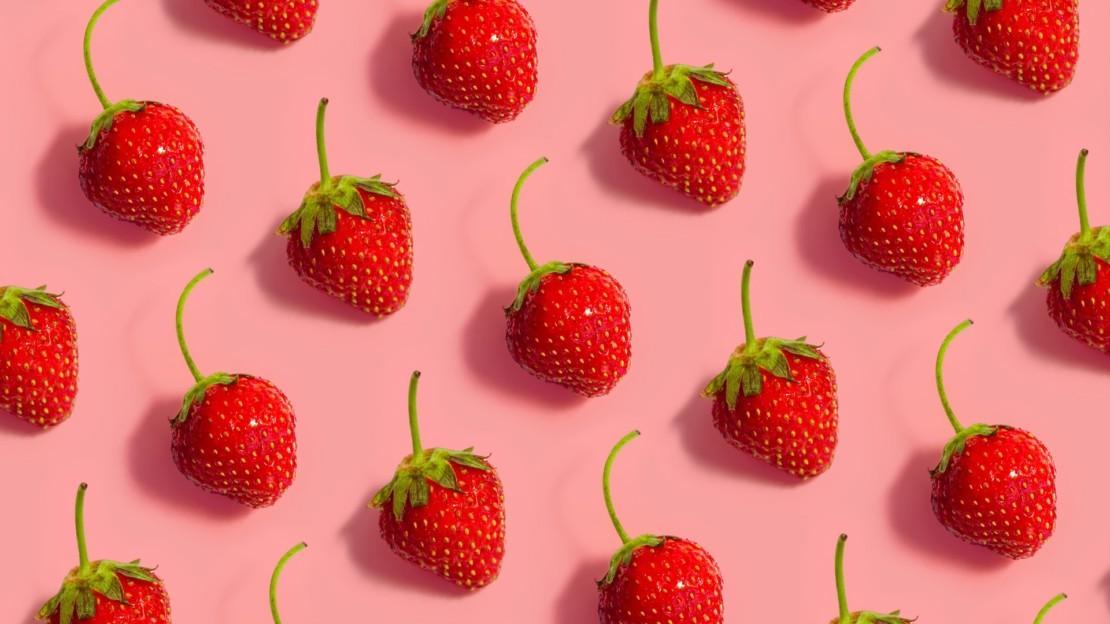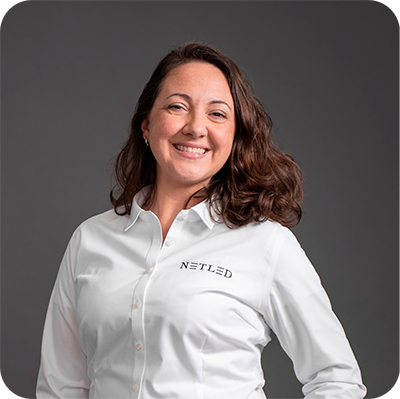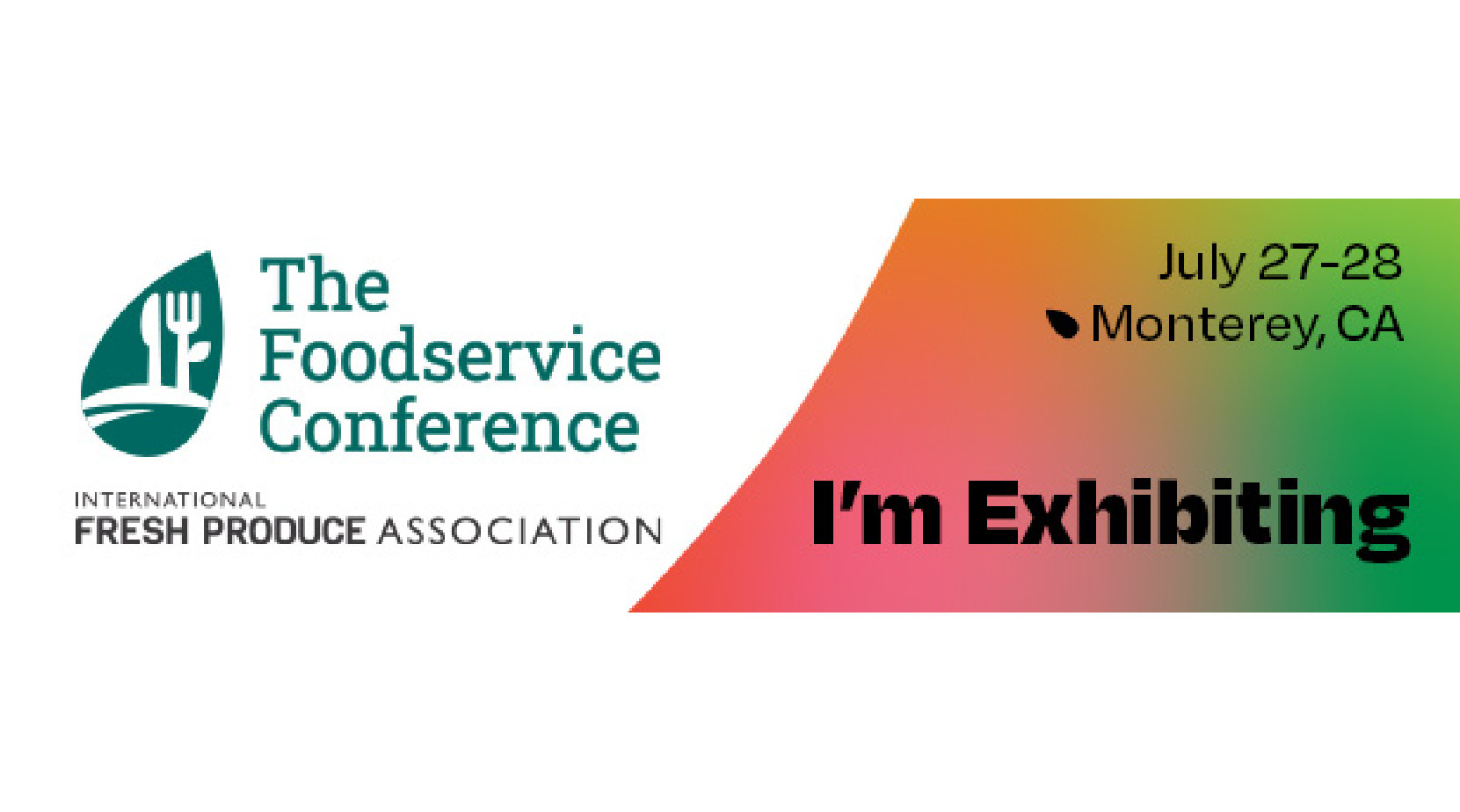Strawberries are nutrient dense with high amounts of vitamins and minerals, but minimal calories. They provide vitamin C, potassium, folic acid, fiber and antioxidants with just 45 calories per five ounces. They are also very easy to consume. They can be eaten by hand with no rind or tough flesh to remove. They are both sweet and tart to varying degrees and compliment both sweet and savory dishes like smoothies, cakes, and spinach salads. They also freeze well for up to six months.
A local favorite
The popularity of the strawberry is unquestionable. In the US it “contributes over $3.4 billion in annual sales”, and demand continues to grow. According to a recent national survey, nearly one-third of consumers named strawberries as their favorite fruit (freshproduceportal.com). The consumption of strawberries in Europe is estimated to be around 1.2 million tonnes or more with 93% of Europeans consuming strawberries.
However, it is important to note that this is seasonal demand. According to roamler.com, 31% of European consumers say they only buy nationally produced strawberries. This is primarily due to the high standards for quality, taste, mouthfeel, sweetness and look of the fruit. It also depends on what region you are from and the variety that is most common to that area. There are, after all, more than 103 distinct species and subspecies of strawberry plants according to the Germplasm Resources Information Network.
A challenging berry
We know that strawberries are healthy, delicious and popular, but consumers can be quite picky and are partial to the species grown in their region. There are also other reasons that make strawberries challenging to grow and market.
Pesticides: strawberries are widely considered the most highly contaminated produce by pesticide residues. This is because they typically grow directly in soil, contain a high amount of water and have no protective outer peel, which makes them very vulnerable to pests.
Harvesting: strawberries are a non-climacteric fruit which means they do not ripen after harvest. Therefore, it is necessary to judge their ripeness based on color. It has also been a very manual process to both assess the readiness of the fruit and then pick it by hand without damaging the plants. In 2019 the first commercial grade robot was introduced by Octinion for open field picking, but this is still an early area of innovation. The elusive “back berry” still challenges automated methods of harvesting.
Logistics: another reason that local products are so highly desirable is that strawberries do not travel well. They are ripe at harvest and have a maximum shelf life of only 7 days when stored between 0 and 2 degrees Celsius (32 and 36 degrees Fahrenheit) plus high humidity. Also, they are very susceptible to moisture and the resulting damage.
Opportunities for vertical farming
And herein lies the greatest opportunity for vertical farmers. It is possible to grow a nutritious and highly sought-after crop locally, while eliminating the challenges of pesticides, harvesting and logistics and also catering to specific preferences of individual markets.
At Netled, we are focused on creating a growing process that enables many different varieties to be grown and harvested with maximum automation at commercial scale. It is critically important to us that we do not offer a system that can only support one or two cultivars because we know that consumers in various countries and regions will have different expectations. We have had great success with varieties such as Elan F1, which has a high sugar content, and Delican F1, which are a Japanese cultivar.
Vera® Berry
Our research into growing strawberries in our Vera® vertical farming systems has produced excellent results with high quality, color, and taste compared with similar cultivars grown in traditional open-field methods.
If you would like more information on Vera® Berry or strawberry cultivation in vertical farms, feel free to get in touch.
You can also come and meet us to discuss all things vertical farming at Greentech in Amsterdam 14th – 16th June:
Kasey Snyder
Sales Operations Manager
kasey.snyder@netled.fi






